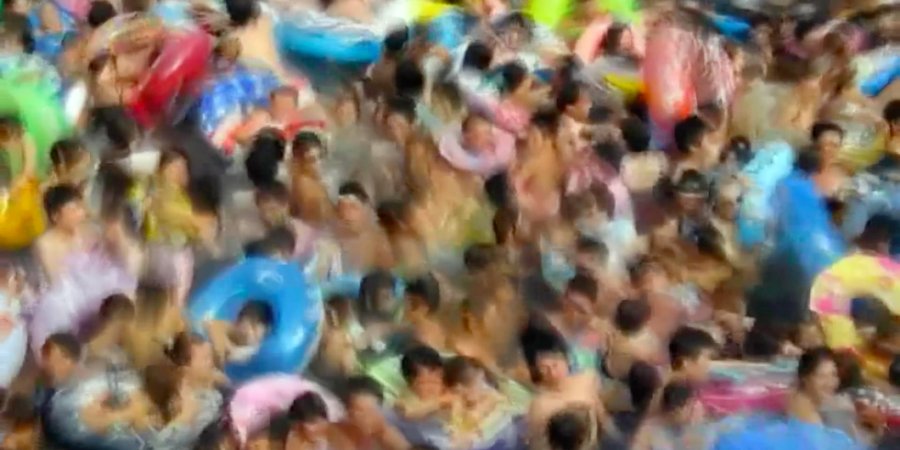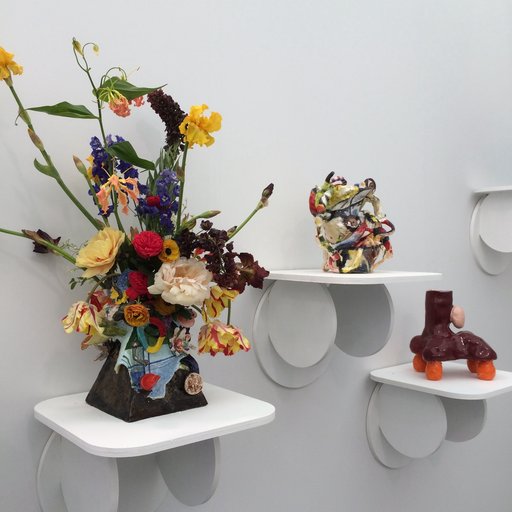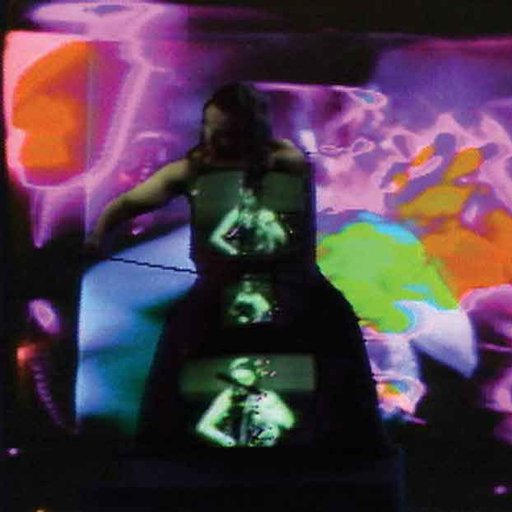Art fairs are not exactly the ideal setting for video art—they’re loud, usually crowded, and loaded to the brim with other artworks begging to be perused in a limited amount of time. Plus, even when committing to view a work of video art, it’s hard to know whether you’re coming in at the beginning, middle, or end. Luckily, NADA New York 2015 features three digital video art displays that sidestep these apparent limitations in favor of novel modes of making and using moving images. Read on to find out more about these forward-thinking approaches to the medium, and the smart artists and exhibitors that brought them to the fair.
SIEBREN VERSTEEG at bitforms
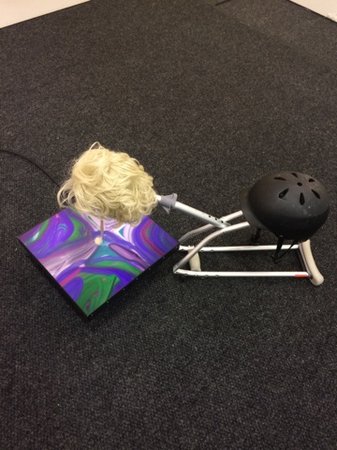
The New York gallery bitforms has built much of its program around championing the work of artists working across a variety of digital media, and its offerings at NADA New York 2015 are no exception. Alongside Sara Ludy’s voyeuristic snapshots from Second Life, works by Siebren Versteeg give us some glimpses into the largely untapped potential of digital creation. Versteeg’s recent works have taken the form of algorithmically-generated paintings printed onto canvas (examples of which are also on view in the booth), and his 2015 piece WAWTG gives us a live-streamed look into his process. A figure made of a broken crutch, a helmet, and a wig seems to paint on a screen, its physical paintbrush tracing a line of digital color on the display. The effect is in fact an illusion; the painting onscreen is being dynamically rendered using a computer program written by Versteeg.
MICHAEL MANNING at Smart Objects

Like Versteeg, Michael Manning of the Los Angeles gallery Smart Objects has also been experimenting with using digital technologies to create paintings like you’ve never seen before, in his case making 3-D prints onto canvas to give his works a sculptural quality unlike any attainable with analog paints. In a similar fashion, his 2015 piece Wonka’s Bubblicious updates the somewhat-tired trope of works in vitrines with a bit of already-anachronistic 21st century technology: the Samsung Smart Window, a transparent LCD screen launched in 2012 and discontinued only a year later. Playing with the idea of the glass box as aquarium, the display shows rolling waves crashing against the sides of the screen and each other, behind which glimpses of a small trash assemblage are occasionally visible. Far more than just a screen piece, this installation actively encourages a curious engagement as you strain to see the sculpture behind the waves.
JON RAFMAN & Co. at Daata Editions
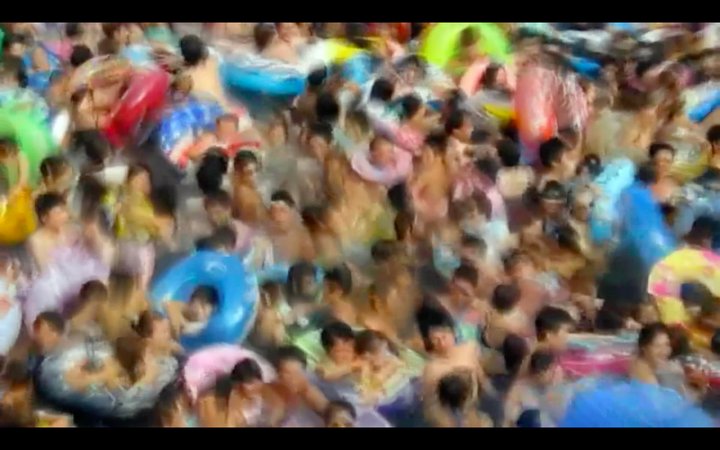
By far the most direct engagement with the digital realm comes from the scrappy new digital art selling site Daata Editions, who officially launched their first set of video, sound, and web art at the start of NADA New York 2015. The latest in a series of startups to attempt to corner the market on selling web-based art, the site currently features a variety of works by artists including Takeshi Murata, Amalia Ulman, and Chloe Wise among 15 others. Each work is available in editions of 15, and all come with an exclusive download link and certificate of authenticity. Will it change the way digital artworks are distributed? Who knows! Either way, signing up for the site gets you free access to Jon Rafman’s Oh the Humanity (2015), a weirdly relaxing three-minute video of an insanely crowded wave pool set to calming music and altered ever so slightly to give the image an almost Impressionistic quality.











